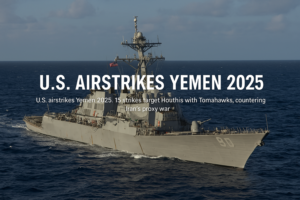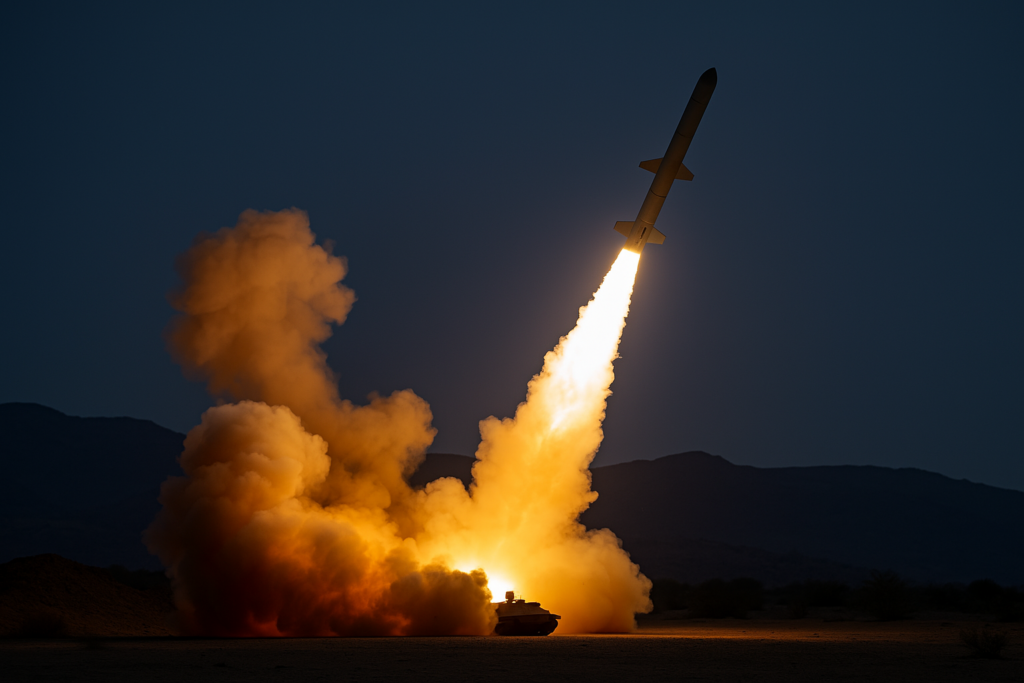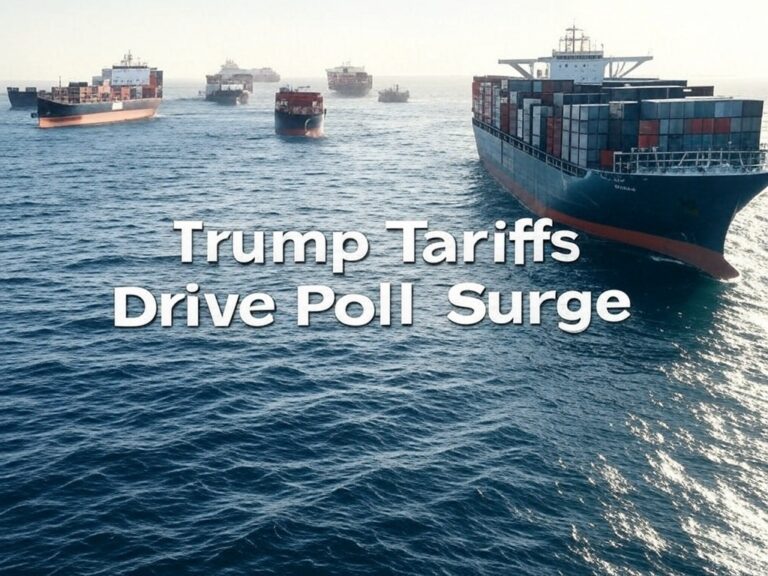⚡ Cutting through noise. Spotlighting the truth.
U.S. Airstrikes Yemen

Why America Struck and What Comes Next
Fifteen precision strikes send a message to Iran’s proxies—and the world.
U.S. airstrikes Yemen are back in the spotlight after American forces launched a sweeping counteroffensive against Houthi targets on March 20, 2025. With 15 precision strikes, including a Tomahawk missile from the USS Georgia, the United States has taken direct action to stop Houthi aggression in the Red Sea. Iran’s proxies are on notice. The question now: will it work?
Houthis Threaten Global Trade and Security
Operating from war-torn Yemen, the Houthi rebels have escalated attacks on commercial shipping in the Red Sea, targeting vessels with drones and missiles. These aren’t random acts of violence—they’re a deliberate campaign to disrupt global trade, backed by Iran and aligned with its broader anti-Western strategy.
While Yemen remains locked in a civil war, the Houthis have grown into a destabilizing force that threatens not only regional players but international order itself. U.S. airstrikes Yemen mark a clear shift: tolerance for this threat has reached its limit.
A Precision Response to Provocation
At 5 p.m. on March 20, CENTCOM launched 15 coordinated airstrikes targeting Houthi military infrastructure. The operation destroyed missile launch sites, weapons depots, and command facilities—part of a sustained response that follows six prior strikes in recent days.
President Trump addressed the nation the day before, pledging to confront Iran’s proxies head-on and protect both U.S. interests and key allies like Israel. These strikes weren’t just retaliation—they were a warning shot across Tehran’s bow.

Divided Reaction to U.S. Airstrikes Yemen
Supporters of the strikes—including defense analysts and conservative leaders—see this as long-overdue action against a dangerous proxy force. With ties to Hamas and a growing arsenal, the Houthis are increasingly viewed as a regional threat with global implications.
Critics, however, warn of humanitarian fallout. Progressive lawmakers and international NGOs argue that more airstrikes may worsen civilian suffering and spark broader unrest. For them, the U.S. airstrikes Yemen risk fueling a cycle of violence instead of resolving it.
Domestic Unrest Mirrors Foreign Conflict
The backlash hasn’t stayed overseas. Protests in Washington, D.C., and other cities have drawn attention for pro-Hamas rhetoric and anti-American displays—echoing past demonstrations during Israeli state visits.
The strikes have reignited national debate over America’s role in the Middle East. One side sees resolve; the other sees recklessness. And in the middle? A divided public trying to make sense of rising global and domestic tensions.
Iran’s Proxy Network and the Bigger Picture
The Houthis are one spoke in Iran’s broader wheel of influence—the so-called “Axis of Resistance” that also includes Hezbollah and Hamas. Tehran supplies weapons, strategy, and funding, using proxy forces to apply pressure while avoiding direct conflict.
The U.S. airstrikes Yemen are an attempt to disrupt that strategy. Whether they weaken the Iran-Houthi connection or merely delay future attacks remains to be seen. What’s clear: the battlefield extends far beyond Yemen’s borders.
Conclusion and Takeaways
The March 20 airstrikes were about more than military targets—they were a declaration of policy. The U.S. will not sit idle while Iran’s proxies choke off global trade and threaten allies. Whether these strikes end the threat or escalate the conflict remains unknown.
This is a test of American strength in a fractured world. The message is clear: when chaos pushes, the United States pushes back.
Want updates like this delivered weekly? Join the Spotlight X newsletter







